A RARE AND LARGE 'EIGHT-TUBE' 'EIGHT IMMORTALS' ARROW VASE, TOUHUMing Dynasty The base of circular section with a spreading foot, rising to a cylindrical tall neck with four attached tubular sections at the top on the sides, the body cast with alternating beast heads and tubular finials on an archaistic yunqi ground below four Buddhist lions playing with brocade balls in high relief on the shoulder, the neck decorated with the Eight Immortals reserved on leiwen ground. 55cm (21 5/8in) high, 8.6kg.Footnotes明 銅八仙八貫耳投壺 Provenance: D. Letham, Edinburgh, 8 June 1983 The Brian Harkins Collection Published and illustrated: Eveleigh and Harkins, Later Chinese Bronzes: A Special Exhibition of 14th to 18th Century Examples, Hong Kong, May 16th-19th 1984, no. 23 來源: 1983年6月8日購於愛丁堡古董商D. Letham 布萊恩·哈金斯珍藏 著錄: Eveleigh and Harkins,《Later Chinese Bronzes: A Special Exhibition of 14th to 18th Century Examplesz中国近古銅器》,香港,1984年5月16-19日,編號23 The Daoist Immortals on the upper part of the neck are He Xiangu holding a lotus leaf, Lan Caihe carrying a bamboo basket, Han Xiangzi playing his flute, and Cao Guoji with his clappers. The lower part is decorated with Li Tieguai with an iron crutch, Lu Dongbin wearing a square hat and holding a fan, Zhang Guolao carrying a fish-drum, and Zhongli Quan as a great alchemist, holding a gourd containing medicines with his hair tied into buns. The early image of Lu Dongbin on the present vase varies slightly from his typical image developed later in the Ming and Qing dynasties in which Lu Dongbin is more often portrayed as a man holding a sword instead of a fan. The legend of the Eight Immortals began in the Tang and Song dynasties and became popular as a group of eight in the dramas of the Yuan and early Ming dynasties. It was not until the mid to late Ming dynasty, in the works of Tang Xianzu (1550-1616) and Wu Yuantai (active in the second half of the 16th century) that the Eight Immortals were fixed as the well-known figures of Zhongli Quan, Cao Guojiu, Li Tiekuan, Lan Caihe, Han Xiangzi, He Xiangu, Lu Dongbin, and Zhang Guolao. Compare with a related bronze arrow vase with its design of Eight Immortals, Ming, in the Henri Cernuschi collection, illustrated by M.Maucuer, Bronzes de la Chine Impérialedes Song aux Qing, Paris, 2013, pl.151. Compare also with a group of bronze figures of Eight Immortals in the same collection, Ming, ibid, p.155, no.106. 圓唇,壺口兩側鑄貫耳,其下兩側又鑄一對貫耳,長頸,其上分別鑄八仙,各持法器,分列兩層,肩部上鑄兩柱雙獅戲球,鼓腹,上鑄四貫耳,兩耳之間再鑄一獸首,束腰,高圈足,貫耳、長頸、鼓腹及腰部皆以雷紋為地。 頸部上層仙人可辨者為:何仙姑(手持荷葉)、藍采和(手提竹籃)、韓湘子(擫笛)、曹國舅(拍板);下層可辨者為:鐵拐李(杵杖)、呂洞賓(方帽持扇)、鐘離權(丫髻葫蘆)、張果老(漁鼓)。八人惟呂洞賓與常見形象略有出入,明代以來所見呂洞賓常持寶劍,而持扇者多為鍾離權。鍾呂本是師徒,岳州宋代石刻有呂洞賓自傳:「吾乃京兆人,唐末累舉進士不第,因遊華山,遇鍾離傳金丹大藥之方,复遇苦竹真人,方能驅使鬼神。再遇鍾離,盡獲希夷之妙旨」,見南宋吳曾著,《能改齋漫錄》,卷十八。此處可知鍾離權有金丹大藥之方,故此壺上頭梳大丫髻,手持金丹葫蘆之像必為鐘離權,而持扇方巾仙人只能是呂洞賓。早期八仙形象尚未固定時,各持法器亦與明清時之形象略有出入。山西侯馬金代墓葬出土浮雕八仙磚像,其中之呂洞賓即與本壺形象頗似,俱是羽扇綸巾。 八仙中每個神仙的起源皆肇始於唐宋,元代及明早期雜劇盛行時期,八人方成為一個組合,常在劇中出現,然而八人組合在明代中期以前都不甚固定,直至明代中晚期,在湯顯祖(1550-1616)《邯鄲記》、吳元泰(活躍於16世紀下半頁)《東遊記》等作品中,八仙形象才固定成為現今為人熟知的鍾離權、曹國舅、鐵拐李、藍采和、韓湘子、何仙姑、 呂洞賓、張果老。此壺所飾八仙形象可與這一時期一一對上。 類似之銅八仙投壺可比較巴黎賽奴奇亞洲博物館藏明代八仙投壺,見M.Maucuer著,《Bronzes de la Chine Impérialedes Song aux Qing》,巴黎,2013年,頁151;亦可參考同書著錄一組明代八仙造像,形象頗似,見前書,頁155,編號106。
A RARE AND LARGE 'EIGHT-TUBE' 'EIGHT IMMORTALS' ARROW VASE, TOUHUMing Dynasty The base of circular section with a spreading foot, rising to a cylindrical tall neck with four attached tubular sections at the top on the sides, the body cast with alternating beast heads and tubular finials on an archaistic yunqi ground below four Buddhist lions playing with brocade balls in high relief on the shoulder, the neck decorated with the Eight Immortals reserved on leiwen ground. 55cm (21 5/8in) high, 8.6kg.Footnotes明 銅八仙八貫耳投壺 Provenance: D. Letham, Edinburgh, 8 June 1983 The Brian Harkins Collection Published and illustrated: Eveleigh and Harkins, Later Chinese Bronzes: A Special Exhibition of 14th to 18th Century Examples, Hong Kong, May 16th-19th 1984, no. 23 來源: 1983年6月8日購於愛丁堡古董商D. Letham 布萊恩·哈金斯珍藏 著錄: Eveleigh and Harkins,《Later Chinese Bronzes: A Special Exhibition of 14th to 18th Century Examplesz中国近古銅器》,香港,1984年5月16-19日,編號23 The Daoist Immortals on the upper part of the neck are He Xiangu holding a lotus leaf, Lan Caihe carrying a bamboo basket, Han Xiangzi playing his flute, and Cao Guoji with his clappers. The lower part is decorated with Li Tieguai with an iron crutch, Lu Dongbin wearing a square hat and holding a fan, Zhang Guolao carrying a fish-drum, and Zhongli Quan as a great alchemist, holding a gourd containing medicines with his hair tied into buns. The early image of Lu Dongbin on the present vase varies slightly from his typical image developed later in the Ming and Qing dynasties in which Lu Dongbin is more often portrayed as a man holding a sword instead of a fan. The legend of the Eight Immortals began in the Tang and Song dynasties and became popular as a group of eight in the dramas of the Yuan and early Ming dynasties. It was not until the mid to late Ming dynasty, in the works of Tang Xianzu (1550-1616) and Wu Yuantai (active in the second half of the 16th century) that the Eight Immortals were fixed as the well-known figures of Zhongli Quan, Cao Guojiu, Li Tiekuan, Lan Caihe, Han Xiangzi, He Xiangu, Lu Dongbin, and Zhang Guolao. Compare with a related bronze arrow vase with its design of Eight Immortals, Ming, in the Henri Cernuschi collection, illustrated by M.Maucuer, Bronzes de la Chine Impérialedes Song aux Qing, Paris, 2013, pl.151. Compare also with a group of bronze figures of Eight Immortals in the same collection, Ming, ibid, p.155, no.106. 圓唇,壺口兩側鑄貫耳,其下兩側又鑄一對貫耳,長頸,其上分別鑄八仙,各持法器,分列兩層,肩部上鑄兩柱雙獅戲球,鼓腹,上鑄四貫耳,兩耳之間再鑄一獸首,束腰,高圈足,貫耳、長頸、鼓腹及腰部皆以雷紋為地。 頸部上層仙人可辨者為:何仙姑(手持荷葉)、藍采和(手提竹籃)、韓湘子(擫笛)、曹國舅(拍板);下層可辨者為:鐵拐李(杵杖)、呂洞賓(方帽持扇)、鐘離權(丫髻葫蘆)、張果老(漁鼓)。八人惟呂洞賓與常見形象略有出入,明代以來所見呂洞賓常持寶劍,而持扇者多為鍾離權。鍾呂本是師徒,岳州宋代石刻有呂洞賓自傳:「吾乃京兆人,唐末累舉進士不第,因遊華山,遇鍾離傳金丹大藥之方,复遇苦竹真人,方能驅使鬼神。再遇鍾離,盡獲希夷之妙旨」,見南宋吳曾著,《能改齋漫錄》,卷十八。此處可知鍾離權有金丹大藥之方,故此壺上頭梳大丫髻,手持金丹葫蘆之像必為鐘離權,而持扇方巾仙人只能是呂洞賓。早期八仙形象尚未固定時,各持法器亦與明清時之形象略有出入。山西侯馬金代墓葬出土浮雕八仙磚像,其中之呂洞賓即與本壺形象頗似,俱是羽扇綸巾。 八仙中每個神仙的起源皆肇始於唐宋,元代及明早期雜劇盛行時期,八人方成為一個組合,常在劇中出現,然而八人組合在明代中期以前都不甚固定,直至明代中晚期,在湯顯祖(1550-1616)《邯鄲記》、吳元泰(活躍於16世紀下半頁)《東遊記》等作品中,八仙形象才固定成為現今為人熟知的鍾離權、曹國舅、鐵拐李、藍采和、韓湘子、何仙姑、 呂洞賓、張果老。此壺所飾八仙形象可與這一時期一一對上。 類似之銅八仙投壺可比較巴黎賽奴奇亞洲博物館藏明代八仙投壺,見M.Maucuer著,《Bronzes de la Chine Impérialedes Song aux Qing》,巴黎,2013年,頁151;亦可參考同書著錄一組明代八仙造像,形象頗似,見前書,頁155,編號106。
.jpg)
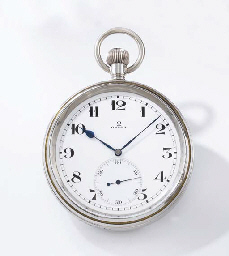
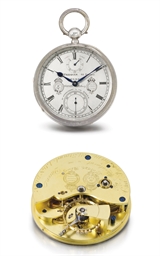
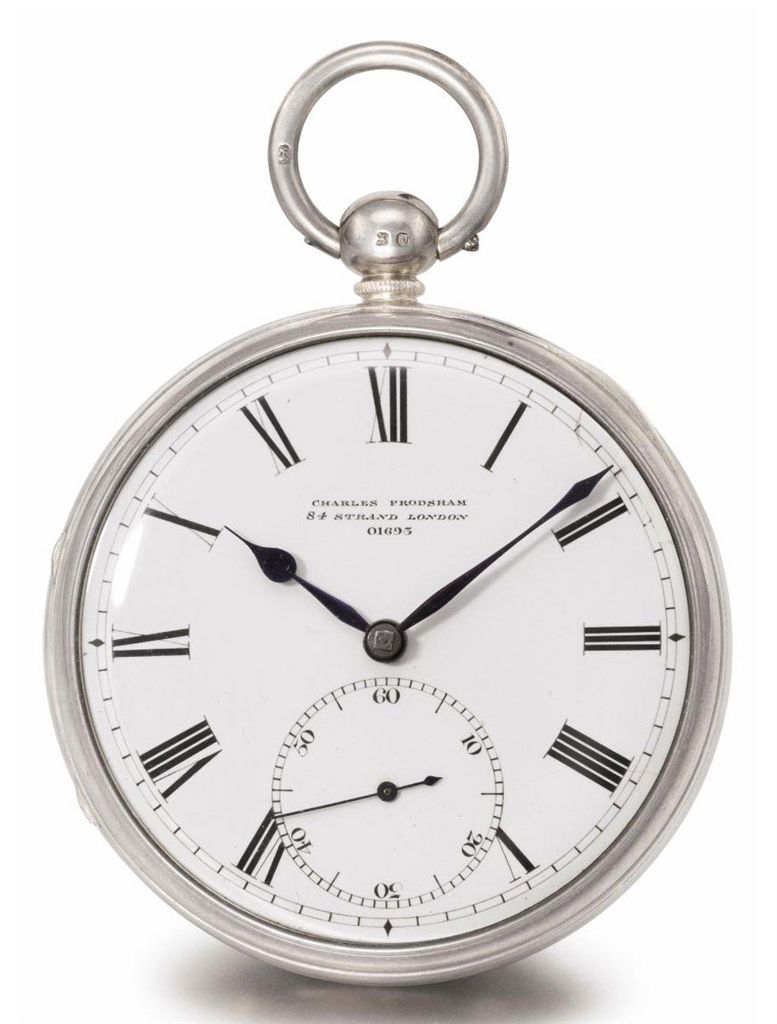
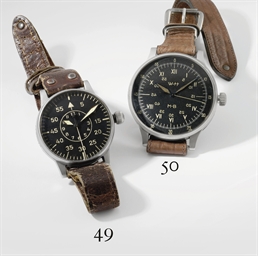
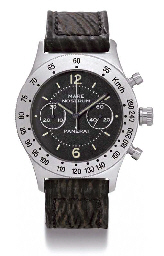
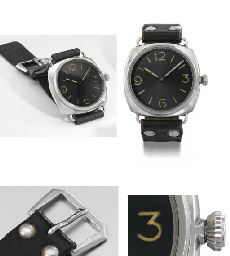
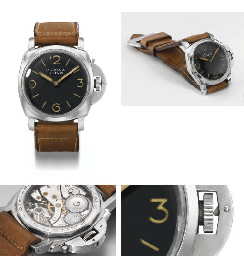
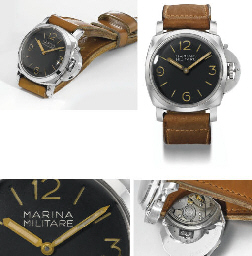
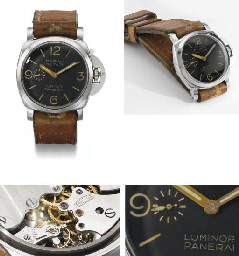
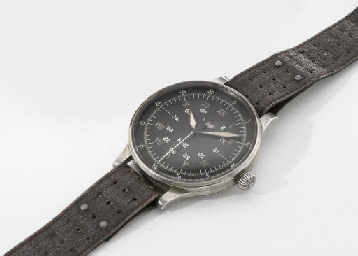
.jpg)
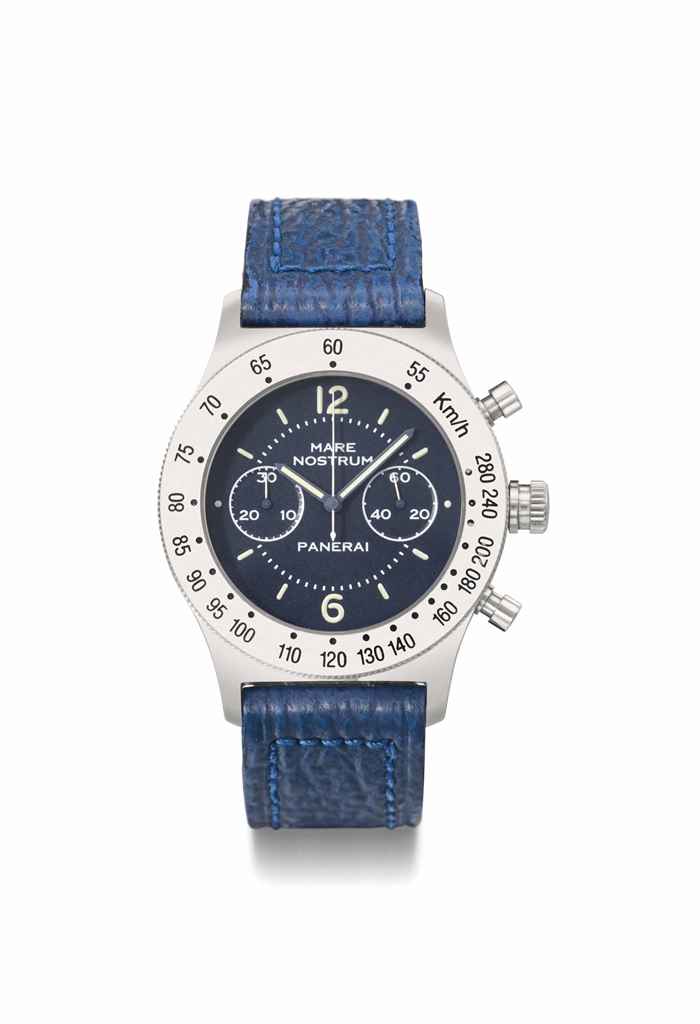
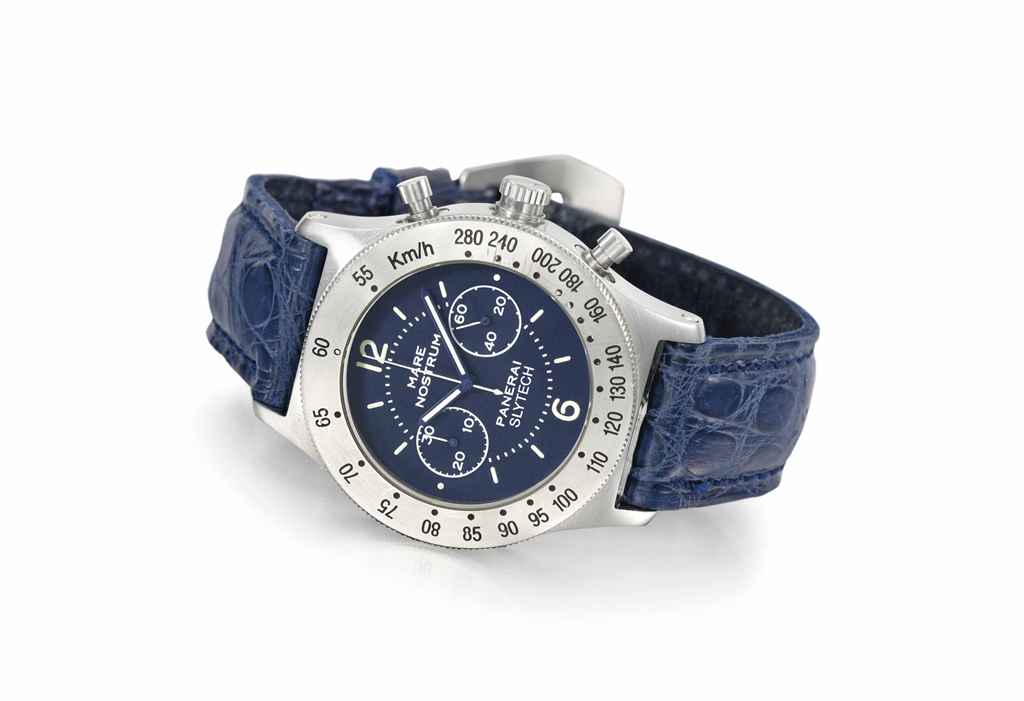

Try LotSearch and its premium features for 7 days - without any costs!
Be notified automatically about new items in upcoming auctions.
Create an alert